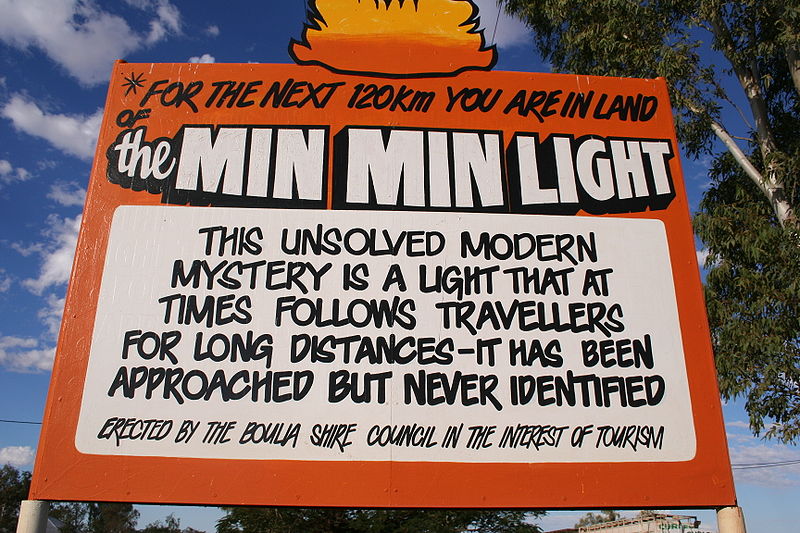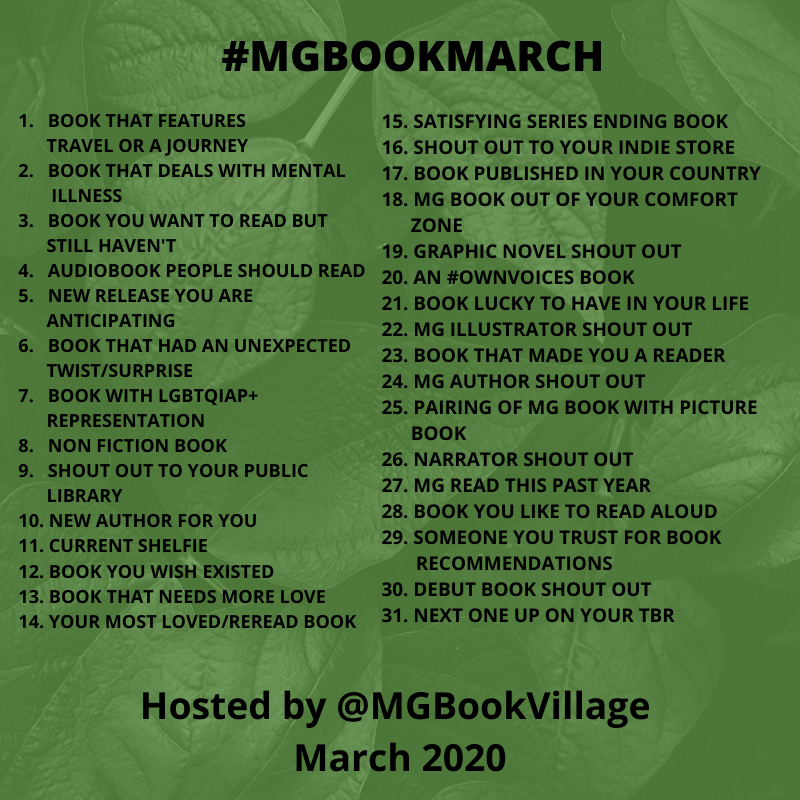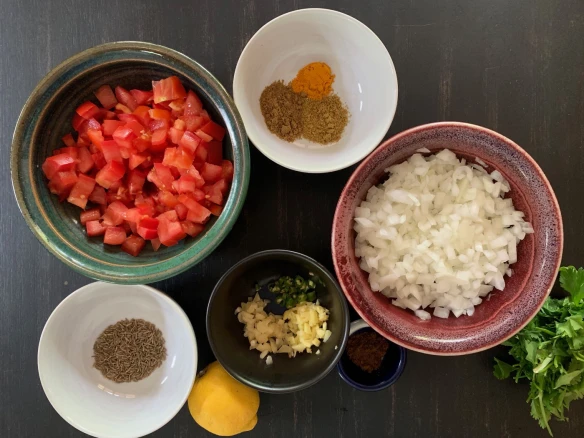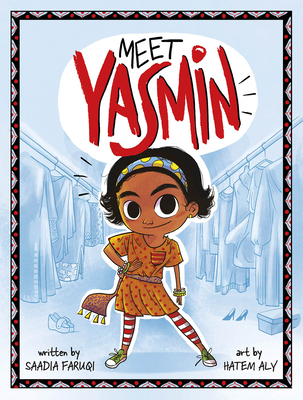If you follow this blog, you know my middle name is diversity, and so, I joined this year’s Multicultural Children’s Book Day, wherein I was assigned The Mystery of the Min Min Lights by Janelle Diller. It’s the Australian installment of the Pack-n-go Girls Adventure series, which has a lovely mission –“to inspire girls to discover the world. To be curious. To be independent. To value what unites us. And to celebrate the differences that make us unique.” What’s not to like?

Nine-year-old Lee Wen Chi, who goes by Wendy Lee, has just landed in Australia. Her mom is working on six-month-long software project here, and Wendy decided to accompany her rather than stay back in San Francisco with her grandparents. Wendy’s a bit worried about how different it all is, but then it turns out her neighbor’s a fun nine-year-old girl, yay! Chloe Taylor invites Wendy to stay for the weekend on their sheep station. Something weird is going on at the station–strange blinking (Min Min) lights come on, and then sheep go missing. Could, um, a UFO be stealing sheep?
Interestingly, the min min light is a real-life light phenomenon that’s been reported in Australia. According to Wikipedia, Australian folklore says “the lights sometimes follow or approach people and disappear when fired upon, sometimes very rapidly, only to reappear later on, and anyone who chases the lights and catches them will never return to tell the tale.“

What a charming book! The characters–Chloe and her little brother Jack, and Wendy–are endearing, believable children. The mystery is fun (Min Min lights! UFOs vacuuming up sheep!) and creatively imagined. There’s a lovely sense of adventure surrounding the entire tale–the parents are supportive and in the tradition of the Famous Five et al., mostly hang out in the background and let the kids deal with the issues at hand.
I did feel that the book was a bit heavy-handed at times while explaining Australian slang, but the target audience (6-9 years) probably won’t find it so. Overall, the author does a great job of showing the contrast between Chinese American Wendy’s SF upbringing and the heat and dust of a sheep station. The book also has a handy index at the back for young armchair travelers, with facts about Australia, travel tips, food and yes, slang.
After I was assigned this book, the author asked if I’d review the forthcoming sequel. As I was glad to get more Wendy, I also read Mystery of the Rusty Key. There’s much less overt explanation of Australia in this installment, which I devoured in one happy gulp. Wendy accompanies her friends Chloe and Jack and their mom to visit Chloe’s great aunt in Sydney, Australia. Aunty Pauline warns them about a curse on the family, and gives them an old letter and an equally old rusty key. The letter, written by Chloe’s great-great-great-grandfather on his deathbed, tells his descendant to safeguard the key, which unlocks a box which contains instructions to end the curse… But where’s the box now?
Since this story is set in Sydney, we get a mention of the Sydney Opera House, and Diller also works in several facts about Australia’s settler history, And I love that the kids solve this mystery by showing courage, ingenuity, persistence–and by doing some solid research in the local library.
I asked my eleven-year-old to read both books and he much preferred the second installment, as the mystery was more intricate, and the story more fast-paced. I think younger readers might have the opposite reaction. As for the very old reader–hey, I have no preferences, and found both books hugely enjoyable. The author does a great job of teaching kids about Australia, and an equally awesome job of showing strong young girls doing their thing. Recommended!
***
Multicultural Children’s Book Day 2019 (1/25/19) is in its 6th year and was founded by Valarie Budayr from Jump Into A Book and Mia Wenjen from PragmaticMom. Our mission is to raise awareness of the ongoing need to include kids’ books that celebrate diversity in homes and school bookshelves while also working diligently to get more of these types of books into the hands of young readers, parents and educators.
MCBD 2019 is honored to have the following Medallion Sponsors on board!
*View our 2019 Medallion Sponsors here: https://wp.me/P5tVud-
*View our 2019 MCBD Author Sponsors here: https://wp.me/P5tVud-2eN
We’d like to also give a shout-out to MCBD’s impressive CoHost Team who not only hosts the book review link-up on celebration day, but who also works tirelessly to spread the word of this event. View our CoHosts HERE.
TWITTER PARTY Sponsored by Make A Way Media: MCBD’s super-popular (and crazy-fun) annual @McChildsBookDay Twitter Party will be held 1/25/19 at 9:00pm.E.S.T. TONS of prizes and book bundles will be given away during the party ( a prize every 5 minutes!). GO HERE for more details.
FREE RESOURCES From MCBD
Free Multicultural Books for Teachers: http://bit.ly/1kGZrta
Free Empathy Classroom Kit for Homeschoolers, Organizations, Librarians and Educators: http://multiculturalchildrensbookday.com/teacher-classroom-empathy-kit/
Hashtag: Don’t forget to connect with us on social media and be sure and look for/use our official hashtag #ReadYourWorld.

 Here are my picks so far. As always, I’ll be focusing on books with a diversity angle.
Here are my picks so far. As always, I’ll be focusing on books with a diversity angle.



 Padma Venkatraman: It was unusual. I was born into a wealthy Brahmin family, but my parents separated (which was highly unusual). After that, unlike any other South Asian American author I’ve met, I experienced economic hardship firsthand. But it was nothing like the dire poverty I saw around me.
Padma Venkatraman: It was unusual. I was born into a wealthy Brahmin family, but my parents separated (which was highly unusual). After that, unlike any other South Asian American author I’ve met, I experienced economic hardship firsthand. But it was nothing like the dire poverty I saw around me.





